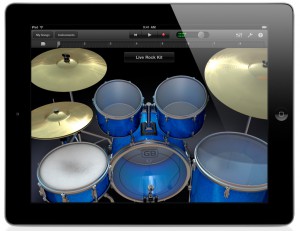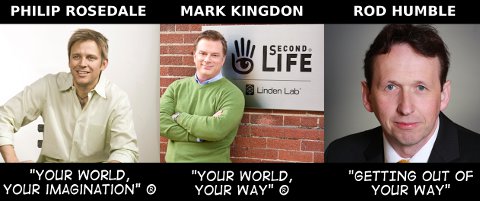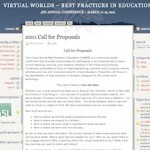I doubt there’s anyone who’ll claim that teleconferences or videoconferences are the most engaging way to communicate. Sure, you can pull faces on a teleconference or play games on your smartphone out of camera shot, but at the end of the day both methods are poor substitutes for a face-to-face meeting.
Attempting to bridge that gap are companies like Anybots, who are creating telepresence robots that allow a videoconference participant to have a little more control and interaction with a remote team. Check it out:
I’m not convinced on this being adopted widely – I think some other telepresence options and virtual world options offer something even more engaging. That said, the bot is cute and mobile, so it’s definitely an improvement on the status quo.
[via Big Think]






Recent Comments